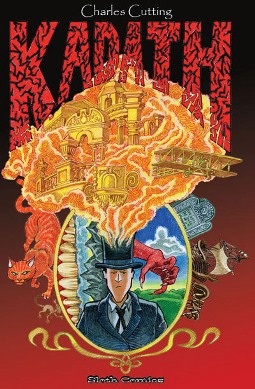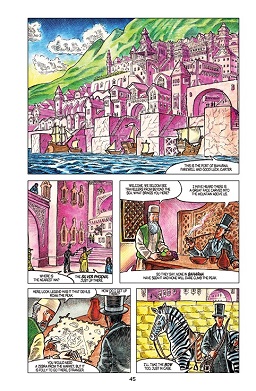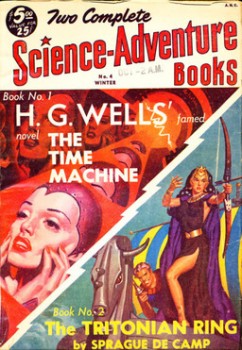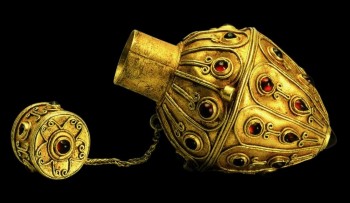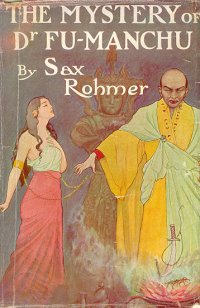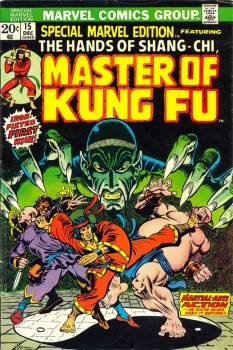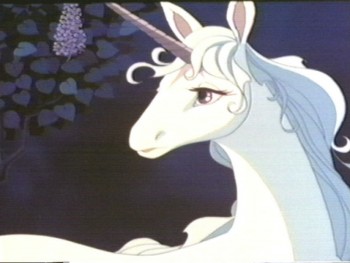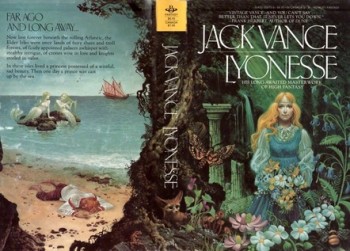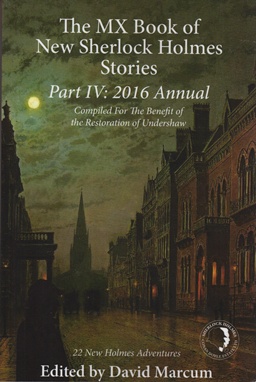And In The Centre Ring: Mongo the Magnificent!
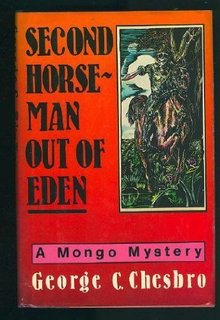 I haven’t heard much about George C. Chesbro lately, and I don’t think it’s entirely because he died in 2008. Chesbro was one of those writers who are somehow just a little bit too extreme – in one way or another – to become widely popular. The people who like Chesbro’s stuff really like it, and the ones who don’t, are often left a little perplexed.
I haven’t heard much about George C. Chesbro lately, and I don’t think it’s entirely because he died in 2008. Chesbro was one of those writers who are somehow just a little bit too extreme – in one way or another – to become widely popular. The people who like Chesbro’s stuff really like it, and the ones who don’t, are often left a little perplexed.
Take his most well-known, and certainly his most popular character. Robert Frederickson is a dwarf, with a genius-level IQ, a black belt in Karate, and a PhD in criminology. He’s also a retired circus headliner who went by the name “Mongo the Magnificent.” He got bored just being a college professor, so he became a licensed private investigator. Somehow, the cases he gets all seem to skew into the weird end of the spectrum. Go figure.
So, what was too much for you? The dwarf? The IQ? The PhD? The PI license? If your reaction to Mongo’s description is “oh come on! Really?” you might want to look at some of Chesbro’s other work. But if your reaction is more like mine was back in the day, “oh, this I gotta see,” then you might really enjoy a walk down Mongo’s dark streets. This is hard-boiled, even noir crime fiction the like of which you’ve never seen.
